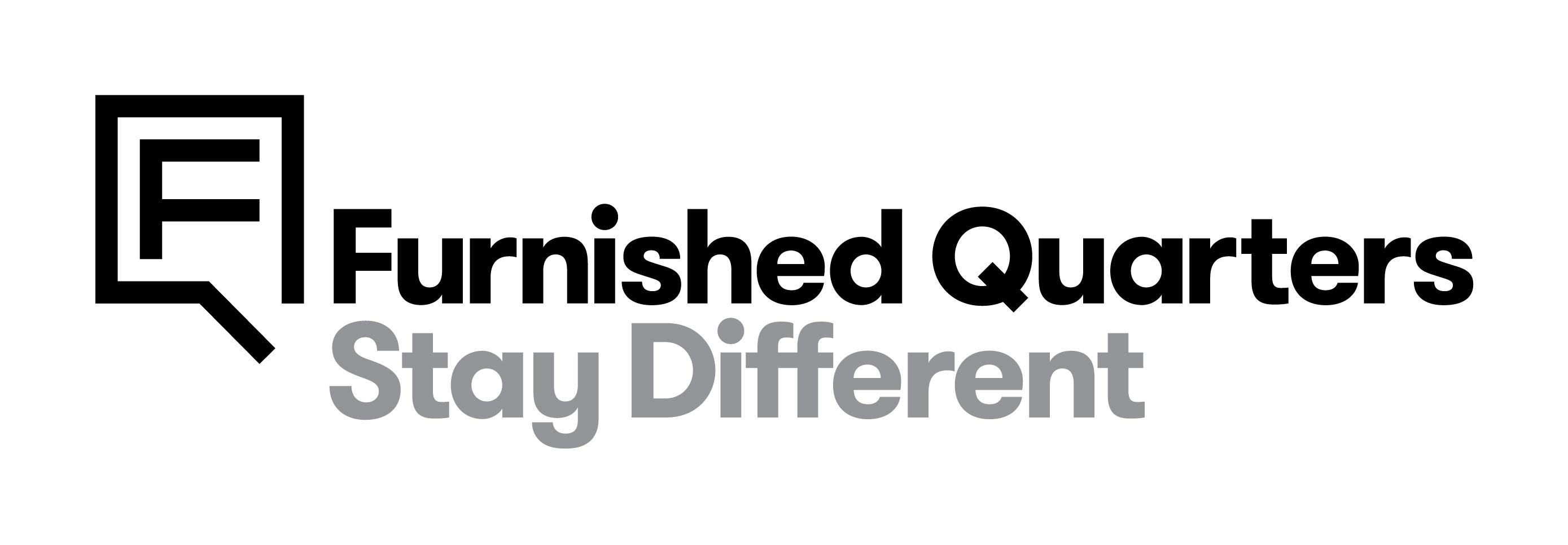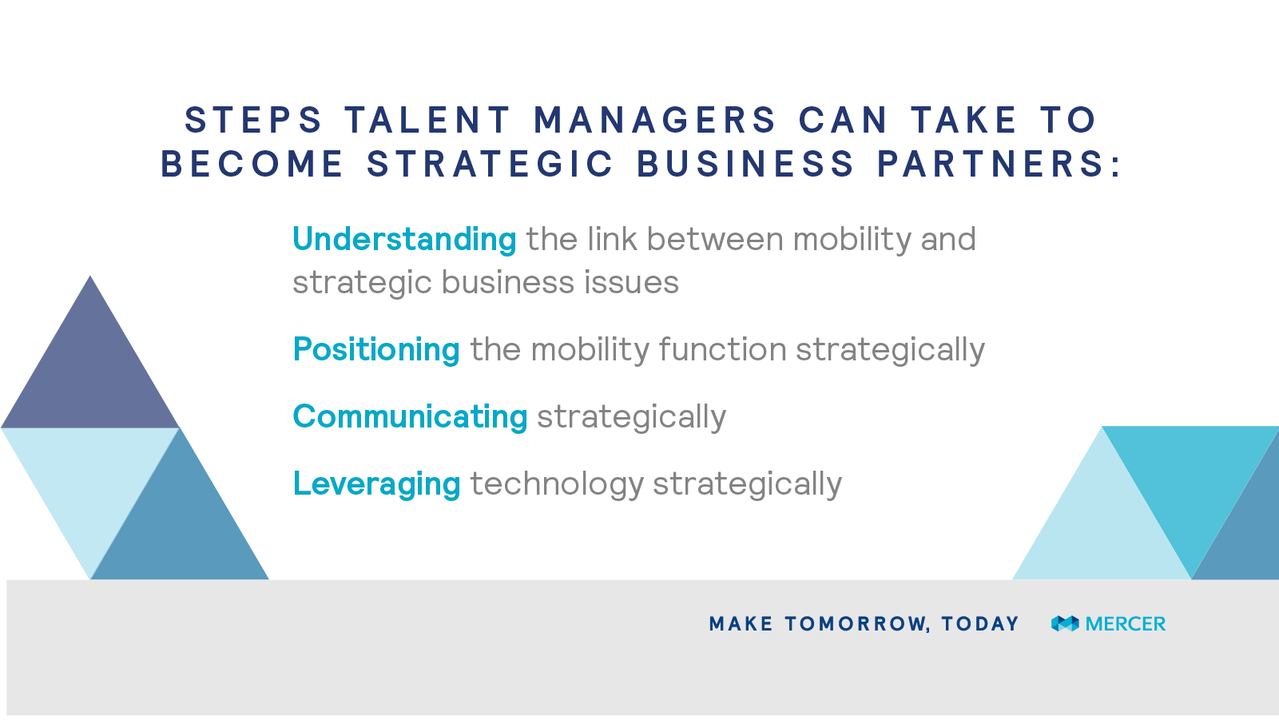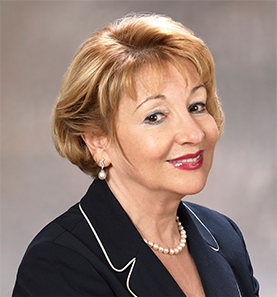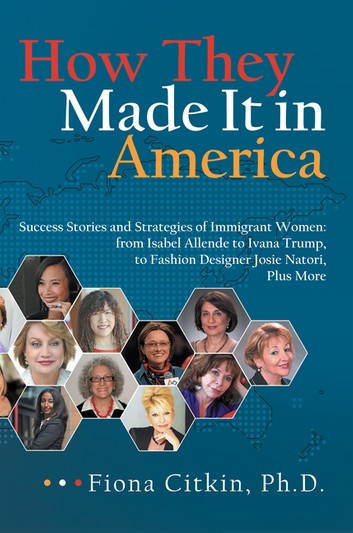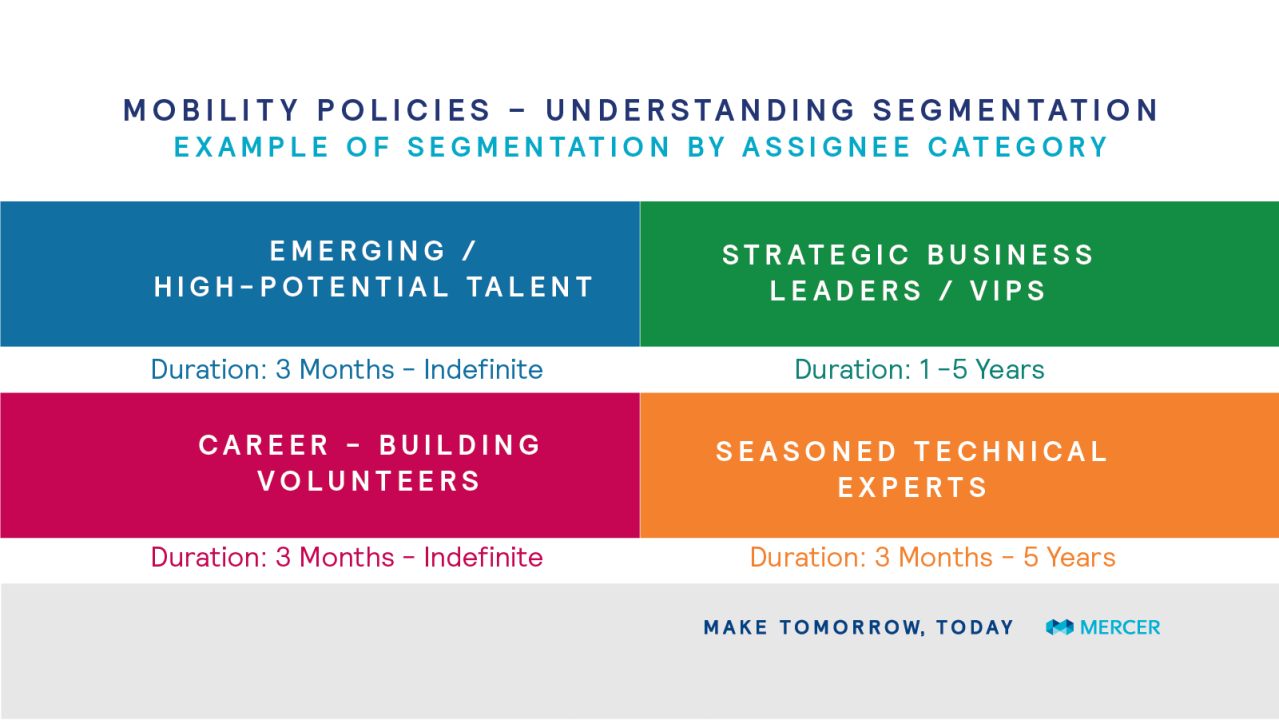Global Business, Talent Mobility Management
Continuous Education & Networking for the VUCA world we are living in
Moderator’s memo:
Here’s a word from Leena Nair, Chief HR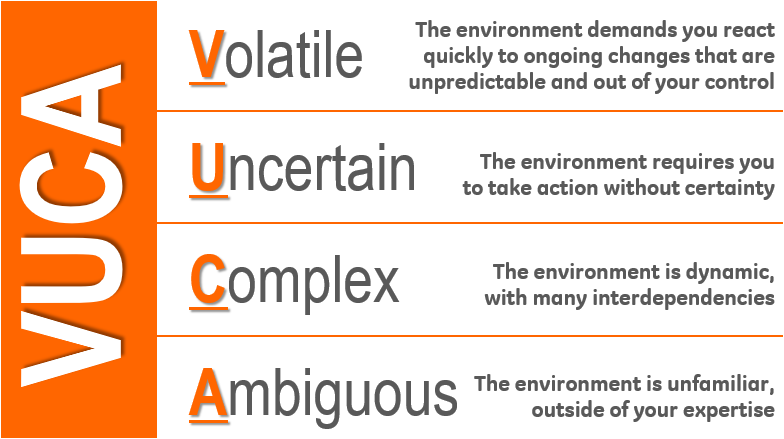 Officer at Unilever; LinkedIn Top Voice 2018
Officer at Unilever; LinkedIn Top Voice 2018
“If I assume that my experience of the last 25 years is what’s going to help me be successful in the next few, I’m wrong! Let me tell you! That experience is becoming less and less worthy.
What’s important is how are we learning the new things we need to get capable and get ahead of the changes we’re seeing around us.”
GLOBAL HR U™
Continuous Education & Networking for the VUCA world we are living in
11,
Ed Cohen, Content Developer & Moderator
Global Business Editor, GLOBAL HR news
Broadcast Host, GLOBAL RADIO talkshow.com
11:15 – Keynote workshop
LEADER DEVELOPMENT for the DIGITAL ERA
4 MAJOR ACTIONS REQUIRED TO ACHIEVE PERFORMANCE EXCELLENCE
Practitioners need to become more effective …they are not impactful because of a narrow professional view of their work
Philip Berry talks about Leader Development as we enter the digital era and tied-in with that, the role of personal branding … and how to get to a “win”.
MORE ABOUT: His deep background and crystal-clear insight comes from many years in C-level Global Human Resources with Colgate-Palmolive where he was Global HR executive overseeing 60 countries. He currently is also a Trustee of a major university. Philip Berry was also CHRO of the Clinton Foundation. All of that deep experience and combines now with the past few years as an executive coach and consultant to business leadership, providing clients with keen insight.
The focus of his practice is to enable individuals, team and organizations to tr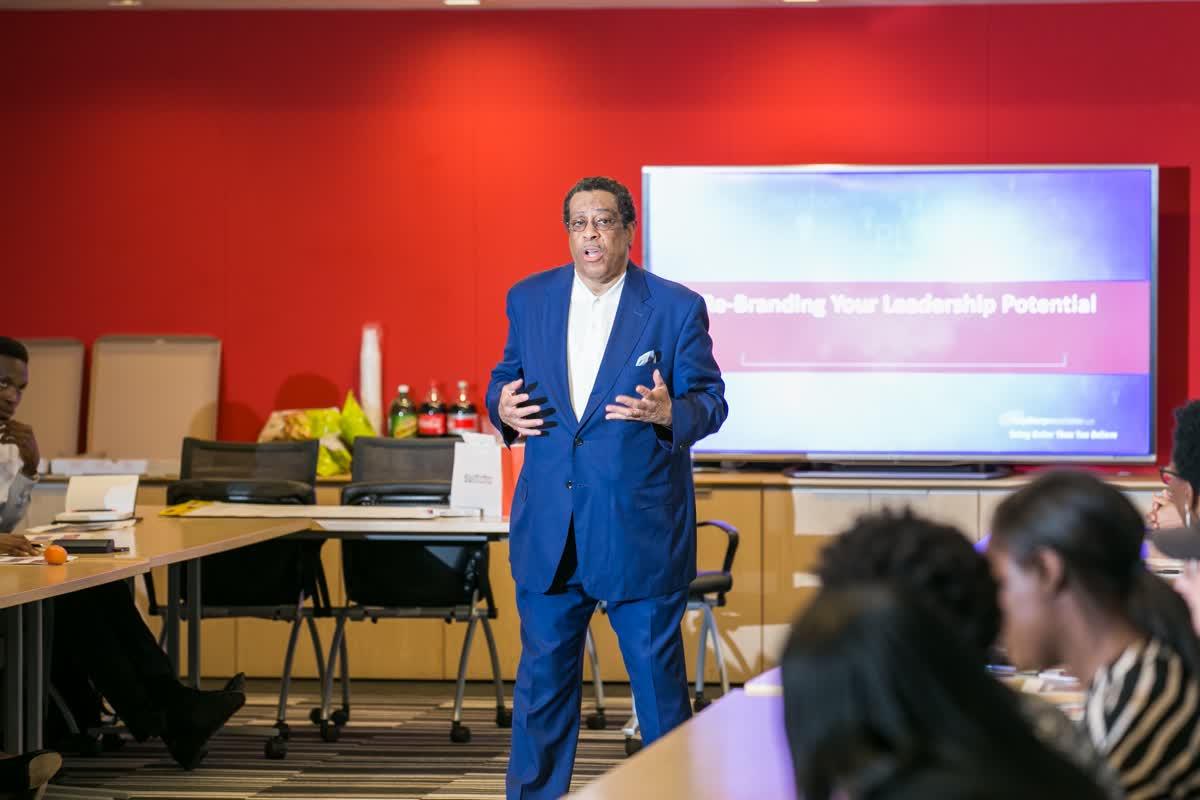 ansition into increased levels of effectiveness and impact from their current situation .
ansition into increased levels of effectiveness and impact from their current situation .
Philip Berry says:  “We do this through Executive Leadership Coaching; Personal branding and Rebranding; Organizational Effectiveness; Diversity and Inclusion; Unconscious Bias Efforts; Global Cross Cultural Competencies; Talent Development and Innovation Initiatives.”
“We do this through Executive Leadership Coaching; Personal branding and Rebranding; Organizational Effectiveness; Diversity and Inclusion; Unconscious Bias Efforts; Global Cross Cultural Competencies; Talent Development and Innovation Initiatives.”
PHILIP BERRY, President , PHILIP BERRY & ASSOCIATES and author
12:30 – 2 LUNCHEON PROGRAM
C R I S I S HITS YOUR COMPANY Learn what NOT TO DO … Learn to PROTECT YOUR BRAND + YOUR REPUTATION
2 to 4 … AFTERNOON PROGRAM

Upskill+Reskill+Reinvent
GLOBAL HR’s ROLE ‘FIXING’ TALENT MOBILITY
FACULTY WILL INCLUDE
LaShell Tinder GPHR, GMS, SSG
Global Mobility Manager – North America
 Over 20 years experience in project and change management, global mobility, business development, training, and HR services. Credible partner in building relations with colleagues, customers and vendors with a dedicated focus on the client and employee experience. Demonstrates breadth and depth of experience in assignment management, immigration law, expatriate tax compliance with a particular focus on LATAM, policy development, client engagement and implementation, domestic relocation, career and transition couching & counseling, and General Data Protection Regulations (GDPR). Avid traveler and lifelong learner able to manage ambiguity well.
Over 20 years experience in project and change management, global mobility, business development, training, and HR services. Credible partner in building relations with colleagues, customers and vendors with a dedicated focus on the client and employee experience. Demonstrates breadth and depth of experience in assignment management, immigration law, expatriate tax compliance with a particular focus on LATAM, policy development, client engagement and implementation, domestic relocation, career and transition couching & counseling, and General Data Protection Regulations (GDPR). Avid traveler and lifelong learner able to manage ambiguity well.
ABOUT THE COMPANY: As one of the world’s largest fashion companies with more than 171,000 employees worldwide, H&M is an exciting and dynamic place to pursue a career within the fashion industry. Our business concept is to offer fashion and quality at the best price in a sustainable way and with our fast expansion we are always looking for new talents. H&M group comprises of nine independent brands: H&M, COS, Weekday, Cheap Monday, Monki, H&M Home, ARKET and Afound. We have over 4,100 stores across more than 66 markets worldwide. Our values reflect the heart and soul of H&M. They define what it takes to work here and how we do things. When we interact with colleagues and customers around the world, our values help us develop and grow. We want to be at the forefront of both fashion and sustainability. Our employees play a key role and can contribute to more sustainable fashion, today and in the future.
Jon Michael Pardo, IPMA-SCP, SHRM-CP
Senior Vice President
CHRO for North America 
DRAGADOS USA INC (dragados-usa.com) specializes in heavy construction including the building of Tunnels, Highways, Dams, and Bridges in North America. It is a member of ACS Group’s Construction Division. Active participation in the sectors essential to the economic and social development of any developed country, such as infrastructures and energy.
From HISPANIC EXECUTIVE magazine: “Making HR the Cornerstone of Dragados USA, Jon Michael Pardo assembles a workforce that allows the construction company’s employees to flourish”. “In college, I started taking courses in business and finance,” shares the senior vice president and chief human resources officer (CHRO) for Dragados USA. “One semester, I took a human resources management course. I liked it, I learned new things every day, and that’s what I like most about HR—it’s always changing and bringing new challenges. I knew this would be a good opportunity for me.”
Over the past twenty-six years, he’s developed a passion for his work and is energized by the chance to match the right person to the right job and help that employee flourish. “I provide training and education to develop an employee’s abilities,” Pardo says. “I meet with them to see what I can do to make their job better and support them in the organization.” The same holds true for contractors, who may also need guidance. “Anything you do in life, you have to like it. You have to have a passion for it,” he says.
Pardo and his parents, Ramon and Miriam, left Cuba in 1968, initially landing in Puerto Rico before moving to New York when Pardo turned sixteen. He attended St. Peter’s University and then earned two master’s degrees in business administration, one from New York Institute of Technology and the other from Liberty University. In 2016, he joined Dragados, one of the largest construction companies in the world, building bridges, tunnels, and nearly seventeen thousand miles of roads and highways.
Based in Spain, Dragados opened offices in the US eleven years ago. Pardo shares that the company has grown 40–60 percent per year since then, with a workforce near two thousand employees further underscoring the value of HR. “If you don’t have significant reliance on HR as a foundation for growth, you will fail in becoming a leader in your industry,” he says. “Companies are realizing the value HR brings to the table,” Pardo says. “HR was just a necessary function, a requirement that companies were not fond of. It didn’t have value until it was brought in on planning to curtail turnover and improve retention. Senior management has recognized that they need to have the HR function as the cornerstone to build a company.”
Mobility and Tech
“Alignment of mobility programs with underlying talent and reward strategies is essential to making mobility work. Too often, mobile talent doesn’t succeed; they end up under performing, stalling out in their careers and/or turning over”
Stacy Jorgensen
Principal at Mercer – Tech
Principal at Mercer – Global Mobility
4pm Publishing Reception
presenting the
COMMUNICATOR AWARD to
FIONA CITKIN, PhD
the author of
GET MORE INFO FROM
Ed Cohen -Global Business Editor, GLOBAL HR NEWS Broadcast Host, GLOBALRADIOtalkshow.com 619.787.3100 OR publisher@globalbusiness.media
Moderator’s Note: Discussion thru the education program will focus on “future” and how companies and leadership should think.
9 Resolutions…
HOW TO SUCCEED with TALENT MOBILITY 
By Olivier Meier, Mercer
The urgency of daily mobility administrative tasks often eclipses more strategic considerations, as HR professionals struggle to address complex relocation, compensation, and compliance issues.
Mobility teams should nevertheless take time to reflect on fundamental questions influencing their work:
- How should the mobility team be positioned within the organization?
- In what ways are careers evolving for mobility professionals?
- How can we anticipate mobility issues and react quickly to major changes in the global workforce?
Here are some action points to help answer these questions.
1. ANTICIPATE GEOPOLITICAL HEADWINDS; IMPLEMENT POLICY STRESS TESTS
As the world order is being redefined, tensions between the USA and China, the Brexit, and the future of Europe, as well as tensions in the Gulf continue to grab the headlines. The fundamental question is: Are we witnessing a slowdown of globalization and a return to national barriers that could impede talent mobility? In recent years, barriers to mobility have been progressively lifted by the joint efforts of governments and companies, but it is now clear international mobility cannot be taken for granted – even within the EU, as the Brexit has shown.
The first impact of this uncertainty is on the purchasing power of assignees. Last year, the euro and the US dollar (as well as the currencies pegged to it) have fluctuated significantly against each other, and the roller-coaster is showing no sign of slowing down. The Renminbi is weakening, sparking fears of a currency war. The uncertainty related to the Brexit continues to weigh on the British pound.
Adapting to rapid tax, immigration, and compliance changes is also high on many companies’ priority list. The objective is to look beyond the dramatic headlines to identify potential changes for pensions, access to benefits, tax, and compliance that will affect employees and their short- and long-term financial perspectives.
Rather than wait for events to happen, it is useful to plan hypothetical stress tests and ask yourselves: What changes could derail current mobility policies or lead to a compliance breach? What could be the direct and indirect consequences of major geopolitical events? Can you communicate clearly to assignees about brutal currency fluctuations and the adjustments that the company is making to compensation packages to offset these fluctuations?
2. REVISIT COMPENSATION APPROACHES
The first step in the compensation review should be to discard any remaining misconceptions about current international compensation practices.
The chief misconception concerns moves between high-paying and low-paying countries. Most emerging markets have very steep compensation curves. Lower-level employees might have very low salaries, while top managers receive very high salaries by international standards. As a result, when dealing with emerging markets, companies face these typical scenarios:
- The traditional expatriate models (using a balance sheet approach) work best for junior and mid-level managers, while top managers tends to be too expensive to compensate on a home-based approach.
- Conversely, lower-level employees’ salaries might be so low that a modification to the traditional balance sheet approach might be required to give them sufficient purchasing power in the host location.
- Further complications arise from the fact the definition of what constitutes a local salary is not always clear. A growing number of countries (China being a good example) have segmented “local” salary structures with different levels for location nationals, local nationals with extensive international experience, locally hired-foreigners, and expatriates.
These evolutions have multiple implications for assignment compensation approaches. The first one is that it opens up new opportunities to compensate employees on local plus and local approaches, including in the so-called “low-paying countries”. Another is that the “silver bullet approach” might not work: expatriate compensation is not so much about selecting one perfect approach – the balance sheet or a local approach – as it is about building a structured segmented compensation policy to deal with different assignment situations using a range of approaches applied consistently. Finally, speed is an increasingly important factor in compensation and career management. Employees from emerging markets and millennials share the same appetite for fast promotions and change. Traditional models based on annual salary review and slow progressive career evolutions struggle to cope with double-digit salary increases and expectation of bi-annual career discussions.
3. REVIEW POLICIES; ENSURE THEY WORK FOR ALL EMPLOYEES
Despite receiving a lot of publicity over the past few years, diversity remains unfinished work. The progress on the road to gender parity is slow and companies still struggle to build truly inclusive workforces, especially at managerial levels. It is time for the mobility function to take ownership of the diversity issue and implement practical steps to foster diversity among international assignees and challenges the status quo.
From a practical perspective, this means reviewing policies to ensure that they provide adequate support and are flexible enough to meet the needs of women, new family types and minorities.
A second action point could be to connect with the team in charge of fostering diversity within the organization. If international assignments are instrumental to prepare key talent for leadership roles, the diversity team should have a say in mobility issues and the mobility team should be actively engaged in diversity discussions.
The inclusion of third-country nationals also remain unfinished work. The issue is hardly new: the growth of lateral moves between emerging markets has outpaced the traditional assignments from HQ countries for the past 15 years. Companies are becoming less HQ centric and more global, but many of the traditional mobility models still fail to meet the need of assignees form emerging markets.
Examples of policy mismatches include difficulties calculating packages for assignees on low income, the definition of the family model (what about the extended family and parents?), and schooling support for non-Western children.
4. RE-EVALUATE PURVIEW OF MOBILITY TEAM
Historically, the mobility function has been built to manage traditional long-term assignments and to a lesser extent short-term assignments. The multiplication of new forms of mobility including commuters, business trips, locally hired foreigners, expatriate gig workers, virtual moves, and third-country assignments is prompting companies to reassess the scope of mobility management. Should the mobility team get involved in some of these new assignments types?
There is a strong business case to leverage the expertise of the mobility teams in compliance, tax, and relocation to address a wider range of issues. Whether or not the mobility function should also cover new types of mobility depends on each organization’s specific HR setup, processes, and resources. This could be an opportunity for the mobility function to become more strategic and to align mobility better with the new realities of global businesses.
5. PREPARE GM ‘ELEVATOR PITCH’
A mobility policy cannot just be an accumulation of unrelated guidelines about allowances and benefits. As policies become more segmented and flexible, sending a clear message about international assignments is more important than ever. Policies can neither address all questions nor anticipate all issues. The main challenge for mobility professionals is to establish a strong logic that could be applied for routine tasks as well as special cases that are not explicitly covered in the policies.
- Are you aiming for a strict equalization approaches?
- Are you trying to guarantee a minimum level of support?
- What does it mean from a practical perspective for the different aspects of international assignments?
Ultimately, the answers to these questions will define your mobility “brand” and the key messages that you want to communicate to expatriates and management. A simple test to start off on the right foot: Can you define the logic behind your policy in a couple of sentences?
6. HELP INT’L ASSIGNEES FOCUS ESSENTIALS
Mobility discussions often focus on package details or short-term problems. It is easy for the company and employees to lose sight of the bigger picture: in the long run, the main concerns of most employees are healthcare, financial security, family issues, and career development.
The workforce is ageing fast and is expected to live longer. This raises a host of questions in terms of health coverage and retirement financing. Many millennials are starting their career with debts and are not even planning for their distant retirement. The rise of the gig economy and more frequent jobs changes will force employees to better plan for their future.
While companies are not responsible for the individual choices made by their employees they have a responsibility to help these employees make educated choices through training, coaching, and facilitation. For expatriates this is about connecting the assignment experience with their long-term personal and financial goals.
7. ROI METRICS: MAKE SURE BASICS IN-PLACE
Based on Mercer’s Worldwide Survey of International Assignment Policies and Practices, a staggering 77% of companies reported that they had not established a way to determine the ROI of international assignments. The challenge is usually to gather all the relevant information, be able to integrate indirect costs in the equation, and find a way to measure objectively the impact of the assignments on the overall business results.
Even if there is not always a perfect method to measure the total ROI of assignments, you can put basic metrics in place around three mobility management dimensions: the ROI of international assignments (business impact/alignment), the ROI of the mobility function (efficiency/processes), and the ROI for assignees (attraction/retention).
This implies using the right mix of objective (financial) and subjective measures (including opinion surveys for assignees as well as employees managing assignees). Being able to communicate factual information to management is critical for the internal positioning of the mobility team and to help bridge the gap between HR and finance.
8. TAKE-A-STEP; YOUR DIGITAL JOURNEY
As the pace of digitalization accelerates, the risk for HR is to get disconnected from the expectation of assignees (especially the new generations) and the requirements of management.
For many years, the main discussion was about outsourcing versus keeping tasks in house. Now, automation is becoming a third aspect to consider. Calculations, reporting, and even some employee-facing tasks can be replaced by automatized processes including using self-service tools and chatbots able answer most common questions.
For some organizations digitalization could be an opportunity to bring some of the tasks that were previously outsourced back in house. For others, it is a means to reduce internal workloads with external online self services.
Adopting new technology is as much about understanding the workforce’s mentality and capacity to change as it is about identifying new tools. Auditing where the company stands on these issues is an important first step on the digitalization journey.
9. UPGRADE TEAM SKILLS
The risk for mobility teams is to be perceived as purely an administrative function focused on basic tasks. Global mobility is, on the contrary, at the crossroads of a company’s talent management, business expansion, diversity, and compliance strategies.
Mobility teams can take advantage of their unique positioning within the organization by presenting themselves as internal experts on a range of issues including international compensation and benefits, compliance, tax, relocation, and diversity.
However, this means the mobility team needs to acquire more skills, such as the capacity to build compelling business cases, statistical literacy (using metrics), having an understanding of technology and of the IT mindset, as well mastering the art of storytelling (i.e., conveying the right message to management and assignees and explaining mobility policies in the wider business context.).
Assessing the learning requirements of the team and prepare for new challenges should be a priority in a time of fast changes in the workplace.
UNDERSTANDING MOBILITY POLICIES by SEGMENTATION
ASSIGNMENT CATEGORY








